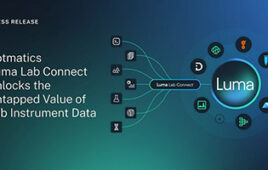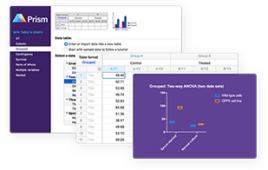 An international team of scientists has provided proof of a key feature of quantum physics — Heisenberg’s error-disturbance relation — more than 80 years after it was first suggested.
An international team of scientists has provided proof of a key feature of quantum physics — Heisenberg’s error-disturbance relation — more than 80 years after it was first suggested.
One of the basic concepts in the world of quantum mechanics is that it is impossible to observe physical objects without affecting them in a significant way; there can be no measurement without disturbance.
In a paper in 1927, Werner Heisenberg, one of the architects of the fundamental theories of modern physics, claimed that this fact could be expressed as an uncertainty relation, describing a reciprocal relation between the accuracy in position and the disturbance in momentum. However, he did not supply any evidence for the theory which was largely based on intuition.
Now Professor Paul Busch of the University of York, UK, Professor Pekka Lahti of the University of Turku, Finland and Professor Reinhard Werner of Leibniz Universität Hannover, Germany have finally provided a precise formulation and proof of the error-disturbance relation in an article published today in the journal Physical Review Letters.
Their work has important implications for the developing field of quantum cryptography and computing, as it reaffirms that quantum-encrypted messages can be transmitted securely since an eavesdropper would necessarily disturb the system carrying the message and this could be detected.
Professor Busch, from York’s Department of Mathematics, said: “While the slogan ‘no measurement without disturbance’ has established itself under the name Heisenberg effect in the consciousness of the scientifically interested public, a precise statement of this fundamental feature of the quantum world has remained elusive, and serious attempts at rigorous formulations of it as a consequence of quantum theory have led to seemingly conflicting preliminary results.
“We have shown that despite recent claims to the contrary, Heisenberg-type inequalities can be proven that describe a trade-off between the precision of a position measurement and the necessary resulting disturbance of momentum and vice-versa.”
The research involved the scientists considering how simultaneous measurements of a particle’s position and momentum are calibrated. They defined the errors in these measurements as the spreads in the distributions of the outcomes in situations where either the position or the momentum of the particle is well defined. They found that these errors for combined position and momentum measurements obey Heisenberg’s principle.
Professor Werner said: “Since I was a student I have been wondering what could be meant by an ‘uncontrollable’ disturbance of momentum in Heisenberg’s Gedanken experiment. In our theorem this is now clear: not only does the momentum change, there is also no way to retrieve it from the post measurement state.”
Professor Lahti added: “It is impressive to witness how the intuitions of the great masters from the very early stage of the development of the then brand new theory turn out to be true.”




